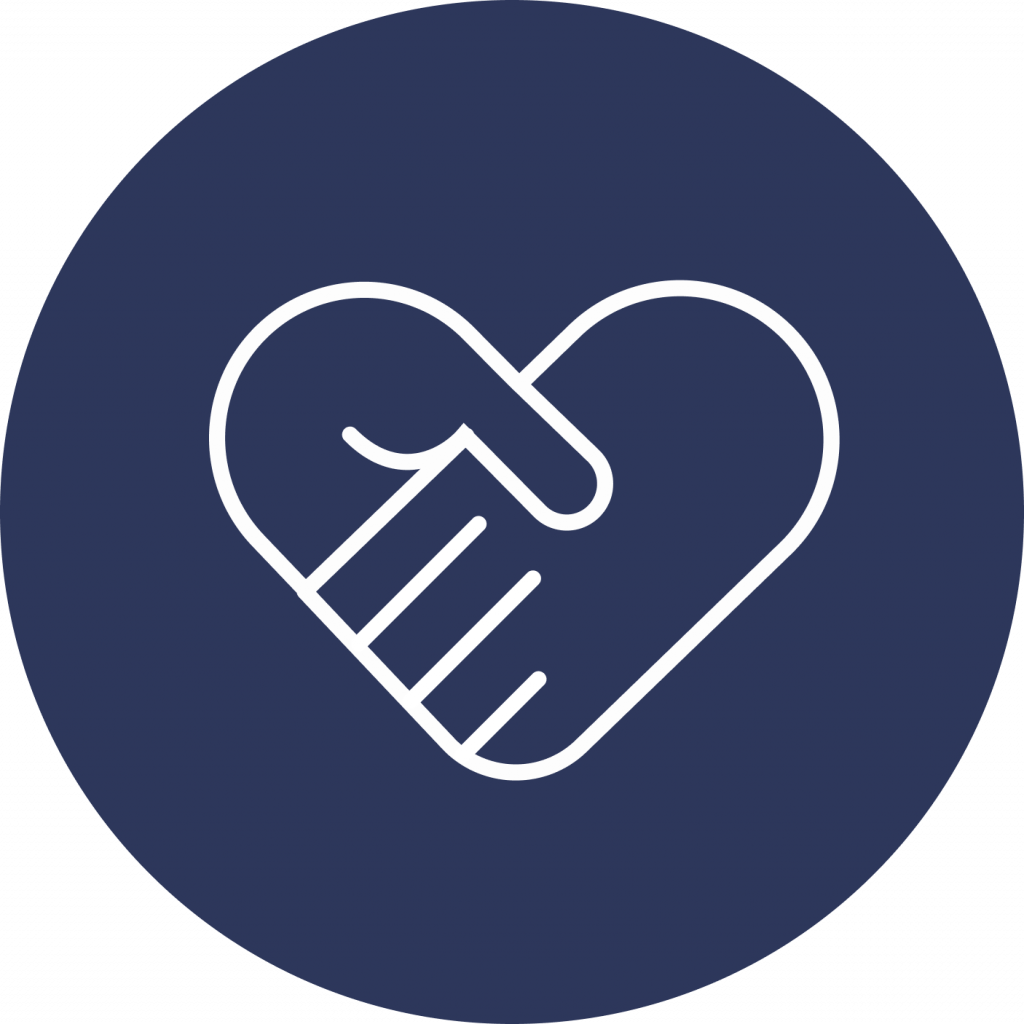The Bystander Effect is a theory in social psychology that states people are less likely to help someone in need of aid when there are multiple people present. Why is that? How can you as a bystander snap out of this effect to make sure people receive help? In this article, I explain the factors that contribute to this effect, and how you can make a difference.
The idea that multiple people won’t help a single person in need is a little startling, don’t you think? Unfortunately, it happens a lot more than you’d expect. We are all capable of being (and probably have been) that bystander who stands by and does nothing. The first step to counteracting this effect is to learn about it, and there are two factors in particular that aid in this effect.
1. Pluralistic Ignorance. This is when you, as a bystander, think to yourself, “Oh, it must just be me thinking this is a problem if no one else is paying attention.” It’s this question we pose to ourselves internally of, “Does anyone else think this is an emergency?” If it doesn’t look like anyone else is paying attention or thinks a situation is an emergency, then no one helps. Along with this factor is the fear of looking stupid if it turns out not to be an emergency. The thing is, everyone else around you is probably thinking the same thing! To break this cycle of pluralistic ignorance, the situation needs to be identified as an emergency. Yet even then people may not step in to help, which is why the second factor is equally important to recognize and counteract.
2. Diffusion of Responsibility. Basically, this is passing the buck of responsibility to act to the others around you. It’s this thought of, “Someone else will take care of it.” But yet again, everyone else around you is thinking the same thing! This results in the person in need being ignored and not receiving help.
Due to the above factors, we’re actually more likely to help someone in need when we’re alone than when we’re with other people. When we’re by ourselves we have no one else to look to for pluralistic ignorance, and no one else to pass responsibility to. However, there is a positive effect that can occur when we learn and teach others about the bystander effect: we recognize when it happens, and we can break the cycle to help someone in need.
I first learned about the Bystander Effect when I took an Intro to Psychology course during my undergraduate degree. The week after learning about this effect, a young man in my class shared this story: He was walking to campus one morning, and was about to cross a busy intersection when a young woman was hit by a car. There were multiple other students around, staring and watching the woman, and this young man realized that the Bystander Effect was taking place. So, he got into action. He called the police and went to the woman, singling out others in the crowd to stay and help, too. Because he knew about and was aware of this effect, he was able to help this woman by recognizing the two factors taking place.
If you’re the person who needs help, rather than a bystander, there are two things you can do to counteract pluralistic ignorance and diffusion of responsibility. First, make it known that your situation is an emergency by yelling, “I need help!” Second, single people out by pointing, making eye contact, and shouting, “You in the blue coat, call 911!”
Learning about the Bystander Effect is crucial so that we can support and be there for the people in our community when they need help.

Here2Help is a community tech organization focused on innovative solutions to ensure the growth of resilient communities generations into the future. Are you a community-minded individual interested in sharing your skills to help empower your community? We would love to hear from you to collaborate! Contact us if you’re interested in working with us or hosting a workshop on the Here2Help platform.
We are a registered not-for-profit run entirely through volunteer support. Any contribution goes a long way in helping us reach our goal of healing communities from within.
Visit our Donate page to learn more about how your contribution can make a real difference.
Did you enjoy this article? Share it on social media to help us make a collective impact!
